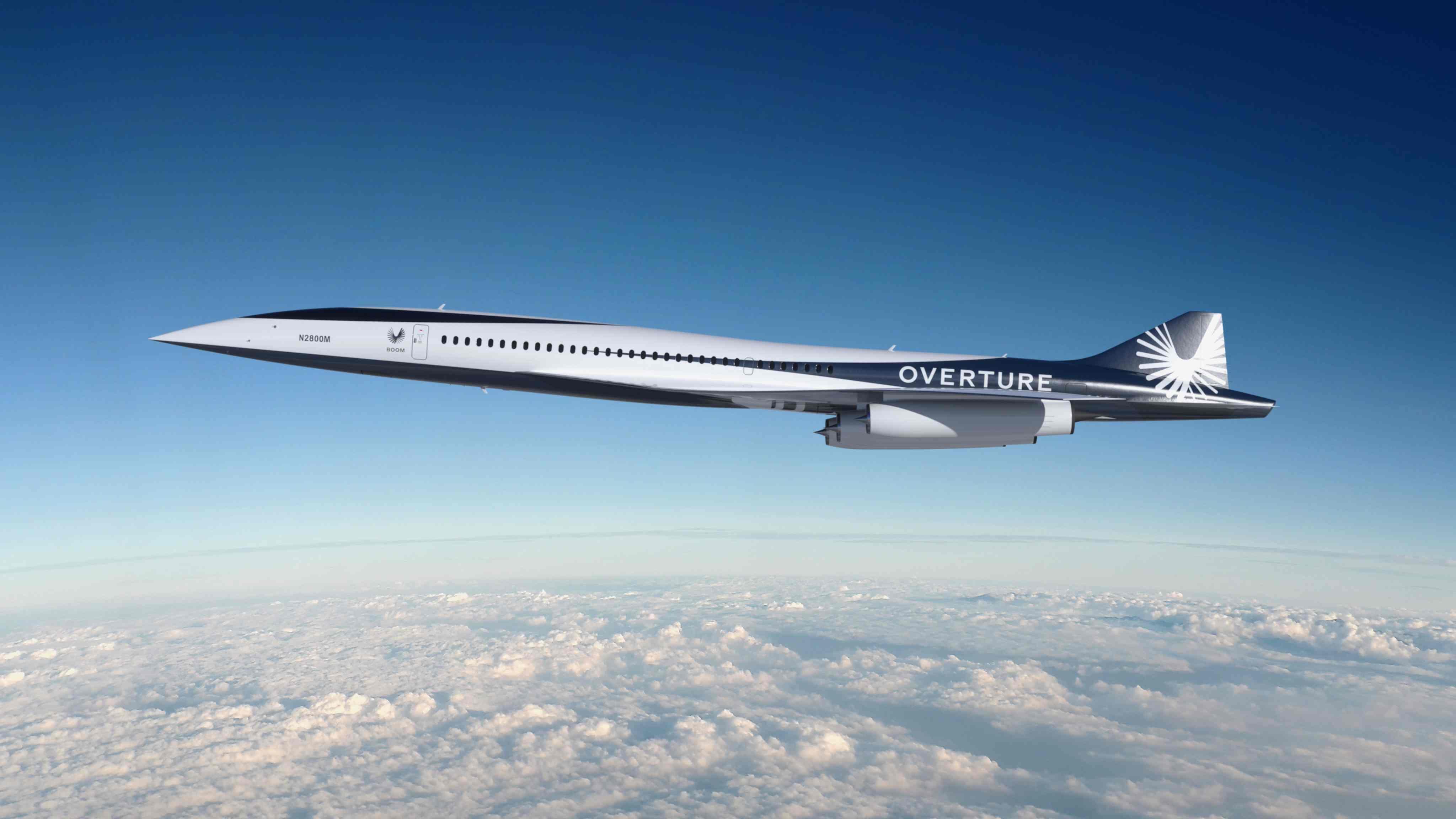
Credit: Boom Supersonic
Supersonic airliner developer Boom says that as plans progress toward starting assembly of its first Overture prototype, the high-speed promise of its planned Mach 1.7 aircraft is attracting interest from carriers operating on longer distance Asia-Pacific routes and those feeding the region. Boom...
Subscription Required
This content requires a subscription to one of the Aviation Week Intelligence Network (AWIN) bundles.
Schedule a demo today to find out how you can access this content and similar content related to your area of the global aviation industry.
Already an AWIN subscriber? Login
Did you know? Aviation Week has won top honors multiple times in the Jesse H. Neal National Business Journalism Awards, the business-to-business media equivalent of the Pulitzer Prizes.
